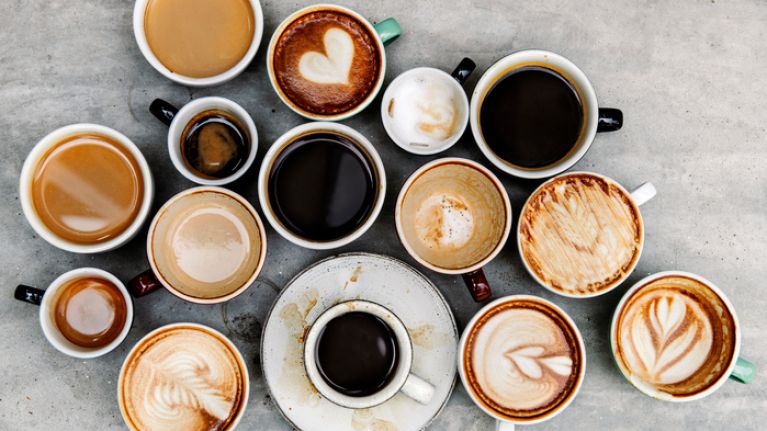About Rwandan coffee
Rwanda’s coffee has been grown for a very long time since 1930s when the Belgian colonial empire forced Rwandan farmers to plant an abundance of coffee trees. This caused the growth of poor quality coffee. Today Rwandan coffee industry has shown tremendous growth and the world as received some of the highest quality coffee from Rwanda. Coffee in Rwanda is mainly grown at elevations that range from 1200 to 1800 meters above sea level. Coffee plants flower in September and October and by March to July, the coffee cherries are ready for harvest. Recently Rwanda has been acknowledged as the world’s best coffee sellers.The coffee is hand picked and once collected,the beans are taken to washing stations where they are sorted by hand,pilped,fermented and graded.they are then dried in th sun on raised screens before finally being taken for milling. depending on the time and day you decide to do the tour,you will experience the following;
Planting of the coffee (nursery bed)
Coffee seeds are typically planted in large beds of shaded nurseries. Once they sprout, the seedlings are removed from the seed bed to be planted in individual pots in carefully formulated soils. The planting phase often takes place during the wet season to allow for the soil to remain moist. During this stage, the seedlings are watered frequently and are shaded from sunlight until they are robust enough to be planted permanently.
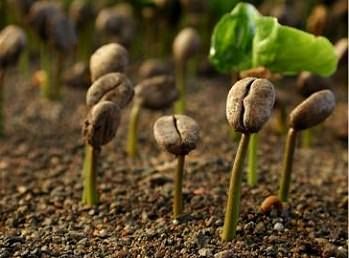
Harvesting of the coffee.
It takes three to four years for the newly planted coffee to bear fruit. when they are ripe and ready to be harvested the coffee cherries become a bright, deep red color. All coffee is harvested in one of two ways. When strip picked, all of the cherries are stripped off the branch at one time, which is done either by machine or by hand. Being selectively picked, on the other hand, means that only the ripe cherries are harvested after being picked individually by hand. The selective picking method is more labor intensive and, therefore costlier. As a result, it is primarily used to harvest the finer Arabic beans.
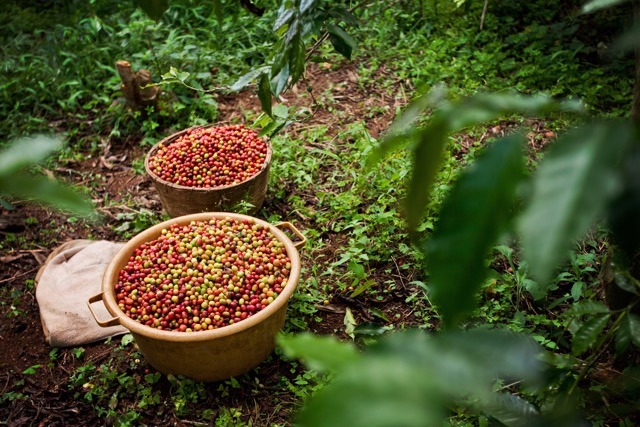
Processing the cherries
Coffee beans covered in mucilage are either sent to air dry naturally as pulp natural coffee or are sent to coffee fermentation tanks to remove mucilage before drying the coffee beans Pulped coffee beans are combined into cement tanks with water and ferment for 16-36 hours. Fermentation time depends on the amount of coffee fermenting, water temperature, and humidity conditions. The process that occurs to remove the mucilage during fermentation is hydrolysis of the protopecin and degradation of the pectin by enzymes.
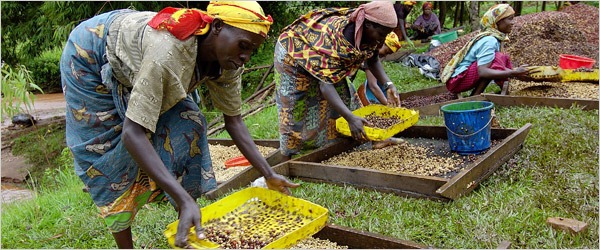
Drying the beans
Initially, the undeveloped and overripe coffee cherries are separated from the good coffee cherries. This is easily done using the idea that ‘bad’ coffee will float in water. Once the ‘floaters’ and ‘sinkers’ are separated, the floaters are sent to be dried and are often slated for internal consumption meanwhile, the ripe and green cherries are sent to the coffee pulping machines.the pulped and fermented beans are dried to approximately 11-12% moisture content to properly prepare them for storage.They are rotated regularly or machined dried in large tumblers.based on a study in Kenya,it was reported that there are six stages to drying coffee,including;
- Skin drying. Moisture 55‐45%.
- 2)White Stage drying. Moisture-33%.
- 3)Soft black stage. Moisture 32‐22%.
- 4)Medium Black Stage. Moisture 21‐16%
- 5)Hard Black Stage. Moisture 15‐12%
- 6)Fully dry coffee and conditioning.11‐10%.
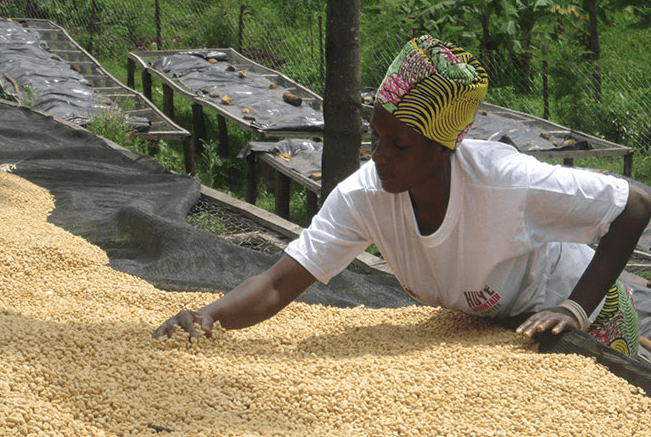
Roasting of the coffee
Roasting machines have a temperature of about 550 degrees Fahrenheit.to keep the beans from burning, they are constantly moving in the machine throughout the process. Once the beans reach an internal temperature of about 400 degrees Fahrenheit, there color begins to turn brown and the coffee begins to emerge in a process known as pyrolysis. after being roasted, the beans are cooled instantly by air or water.
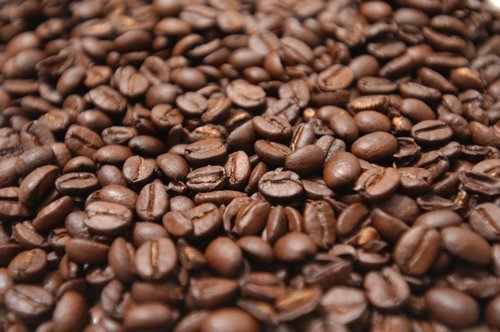
Grinding of the Coffee
The grinding step provides the sole purpose of obtaining the most flavor for the cup of coffee. The ideal grade of grind is determined by the length of time the grounds are in contact with water. When the grind is finer, the coffee should be prepared more quickly.as a result, coffee ground for an espresso machine is much of coffee brewed in a drip system. Grinding and brewing coffee is the final step in the process and turns the coffee into a drink.
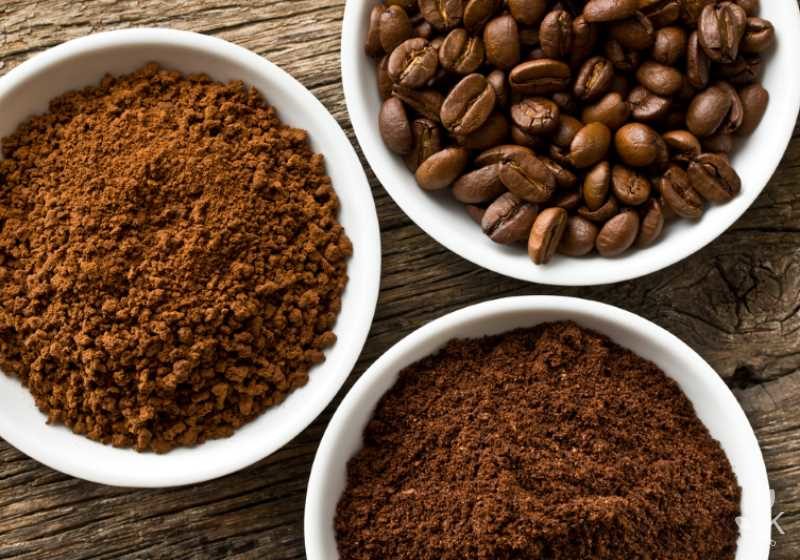
Testing of the coffee
After going through the whole process of the coffee growing, harvesting, drying, roasting and grinding we get to the last product where you will get to test the processed coffee and also have a chance to buy the finished product if you wish too.

Included in the package
- A private guide/driver and vehicle for the duration of your safari.
- Guided tour
- drinking water
Excluded in the package
- International flights
- Drinks and laundry.
- Tips and gratuities, which are optional.
- Lunch
- All drinks, including tea and coffee and meals

